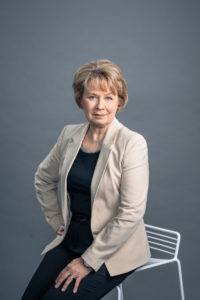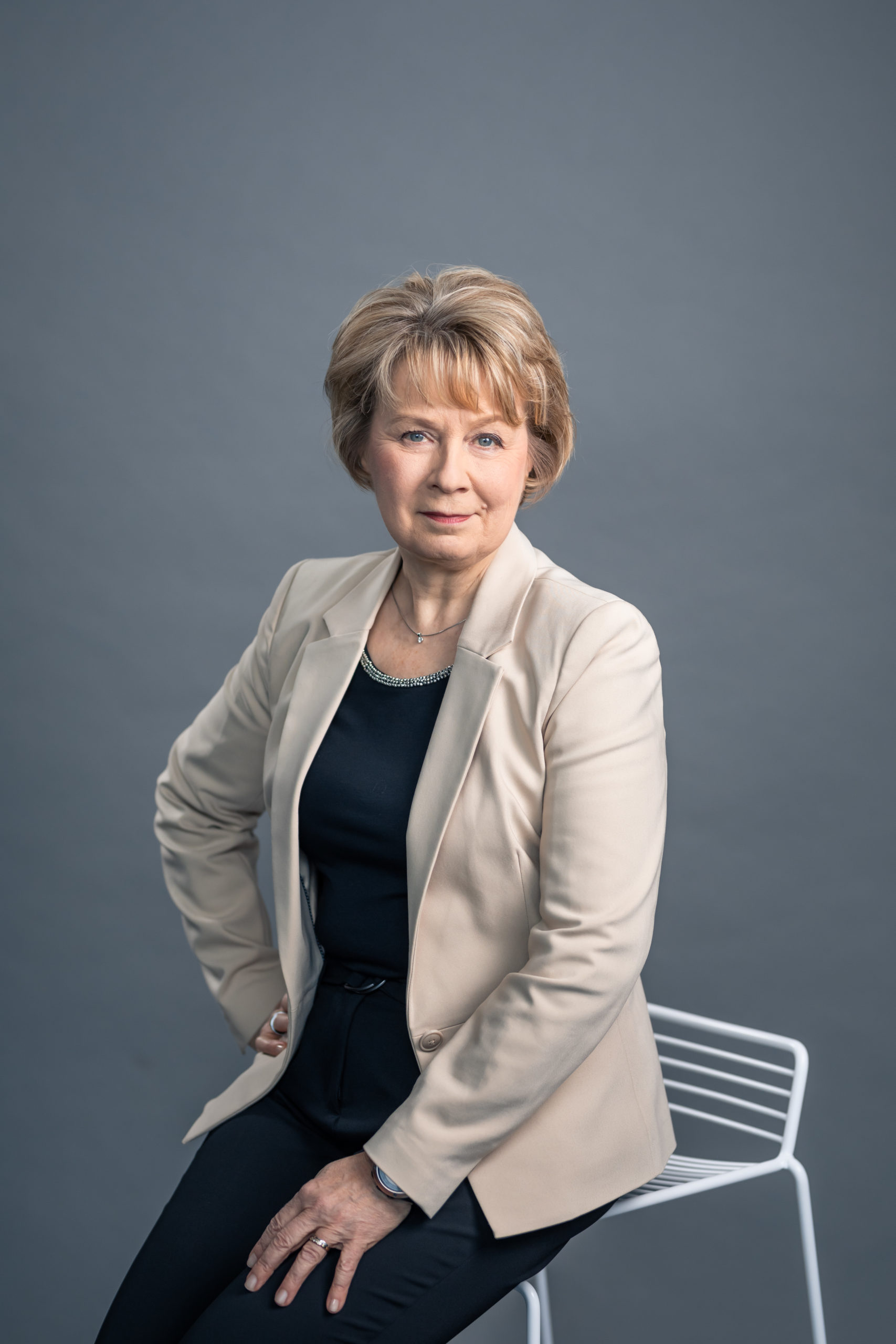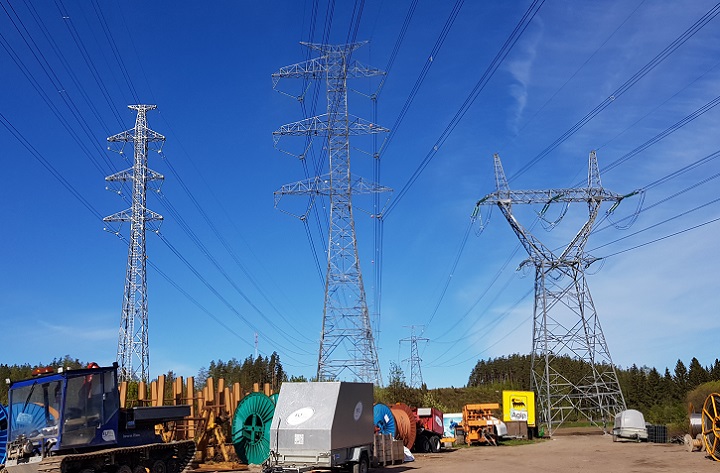The current electricity market model was introduced in the Nordic countries in the 1990s. The world was different back then: most electricity was generated by hydroelectric power and thermal power, and a large amount of that was suitable for use as balancing energy. The Nordic elec-tricity markets set a good example for European market models and the related legislation. Joint European markets and increasing transmission connections have bound electricity generators and consumers tightly together, as prices steer generation, consumption and electricity transmission across national borders.
Wind power generation, which originally took off thanks to feed-in tariffs, has undergone rapid growth everywhere, and it is gradually moving offshore. Solar power has become viable further north – capacity and generation volumes are increasing. Clean electricity has displaced fossil-based generation on the market. The types of capacity that are capable of providing balancing energy have exited the market, so the need for balancing energy capacity has increased.

On the electricity market, market regulations and physics must go hand-in-hand. The variability of unpredictable generation volumes has made a one-hour trading period too long. The way towards a 15-minute market has been paved throughout Europe. Proposals have been made to transition to a 15-minute period on the Nordic intra-day and reserve markets and for imbalance settlement in May 2023.
It is important for the success of harmonised electricity markets that the cross-border transmission connections are good and that markets are given as much transmission capacity as possible. In the Nordic countries, we have started to develop and implement a new method called flow-based for calculating transmission capacity. The method will ensure a more efficient allocation of transmission capacity when there are a lot of interdependencies between cross-border transmission connections.
The method has come in for criticism from market operators who have focused on the lack of transparency and negative impact on the intra-day and deriva-tives markets. We have taken the feedback on board. These are important issues, and we transmission system operators must resolve them openly, in cooperation with stakeholders.
In addition to shortening the trading period and implementing a new capacity calculation method, the third major change in the coming years will be the expansion of the reserve market. The need to adjust the reserve market is especially related to the growing challenges associated with the real-time management of the power system. Reserves are needed to balance out the power system during operating hours and, in the future, in 15-minute periods. We aim to acquire reserves cost-efficiently and in a volume that is as small as possible but nonetheless sufficient from the perspective of system security. That is why we need wide-ranging, functional markets instead of national markets.
The reserve markets will expand according to the Nordic roadmap. They will first cover the Nordic countries, and – according to current estimates, in mid-2024 – we will then connect to European balancing energy marketplaces.
Twenty-five years of open electricity markets have gone by in a flash. The markets have expanded, and marketplaces and connections have improved. We are heading towards an even faster-paced market. The energy revolution will not wait.
Asta Sihvonen-Punkka
Executive Vice President, Fingrid




